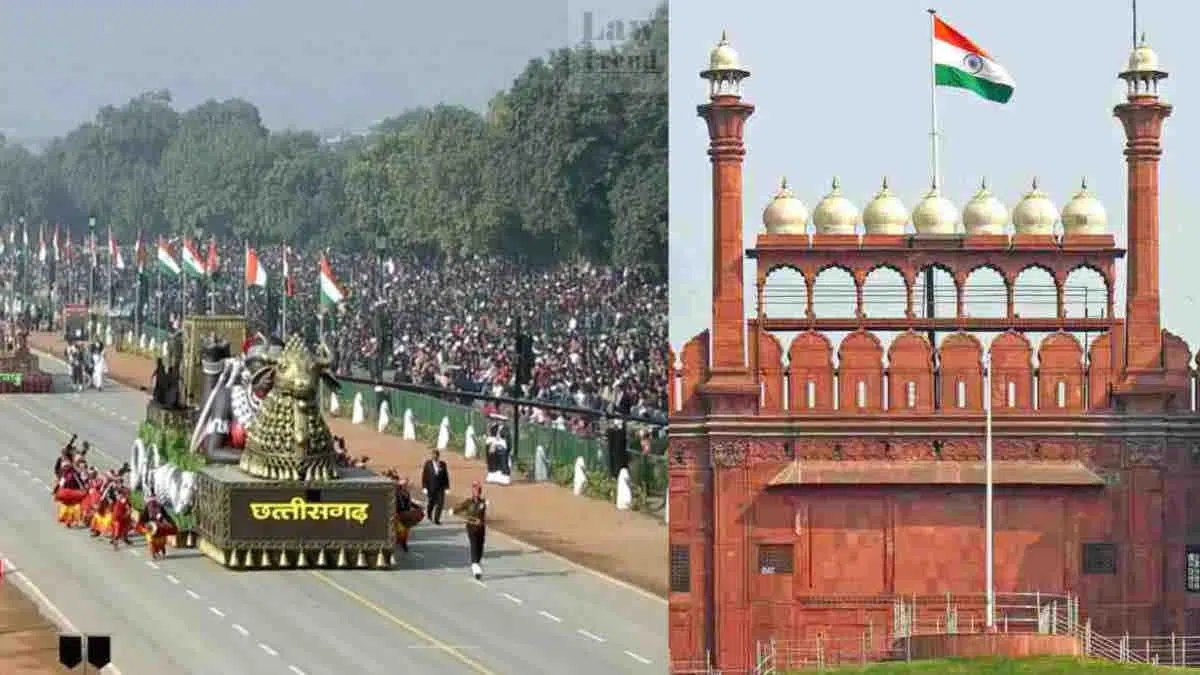
On August 15, the flag is hoisted to the top of the flag pole to mark India’s rise as an independent country and the end of British rule. On January 26, the flag is folded at the top of the flagpole and unfurled as India was already independent when it became a republic.
The difference is that on Independence Day, the flag is tied to the bottom of the flag pole and is ‘hoisted’ to the top. This is to mark India’s rise as an independent country and the end of British rule. On Republic Day, the flag is tied to the top of the flag pole and is ‘unfurled’ indicating an open era for the country to spread its wings as a Republic.
Furthermore, it is the Prime Minister who hoists the flag on Independence Day, whereas it is the President who unfurls the flag on January 26. This is because when the country became independent on August 15, 1947, there was no President and it was the Prime Minister who was the head of the Indian government. However, on January 26, 1950, Dr Rajendra Prasad took oath as the first president of India and became the ceremonial head of state.
The Indian flag is based on the one designed by freedom fighter Pingali Venkayya, who presented it to Mahatma Gandhi during his visit to Vijayawada on April 1, 1921. Subsequently, some changes were made to the original design and the tricolour in its present form was adopted on July 22, 1947. Fun fact: India is the world’s largest democracy and its all-encompassing Constitution is the world’s longest constitution.
Credit : One india.com
Picture Credit : Google




